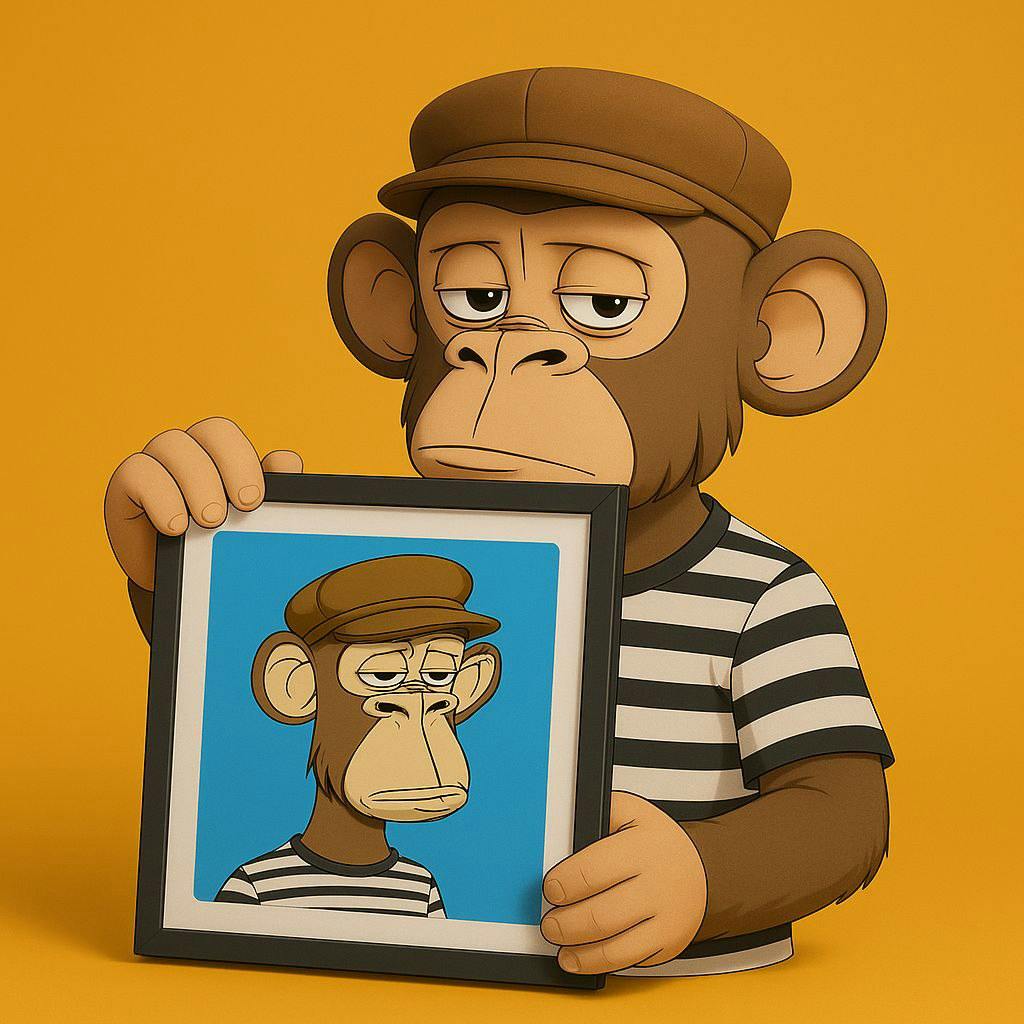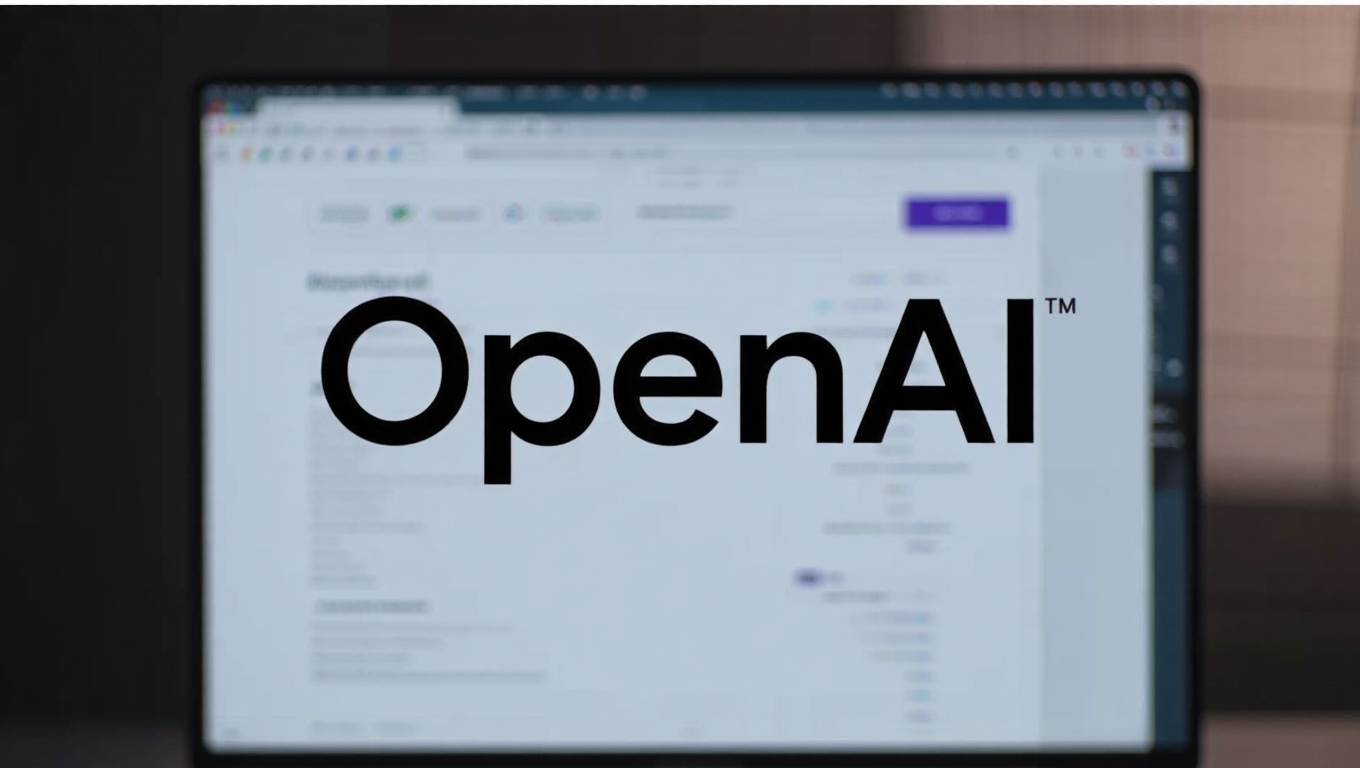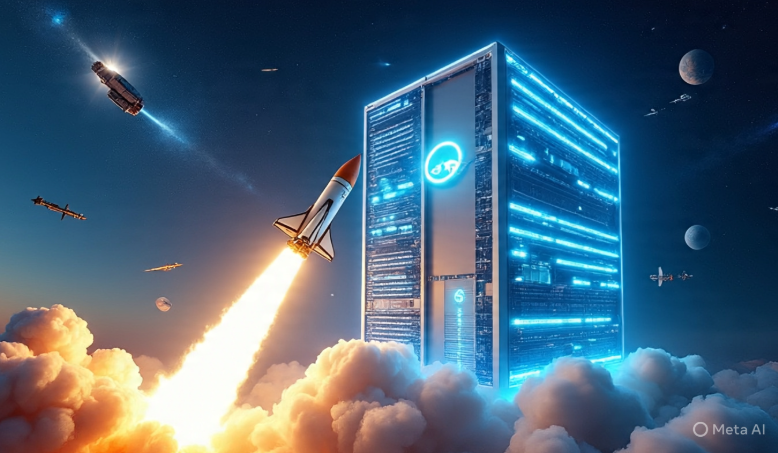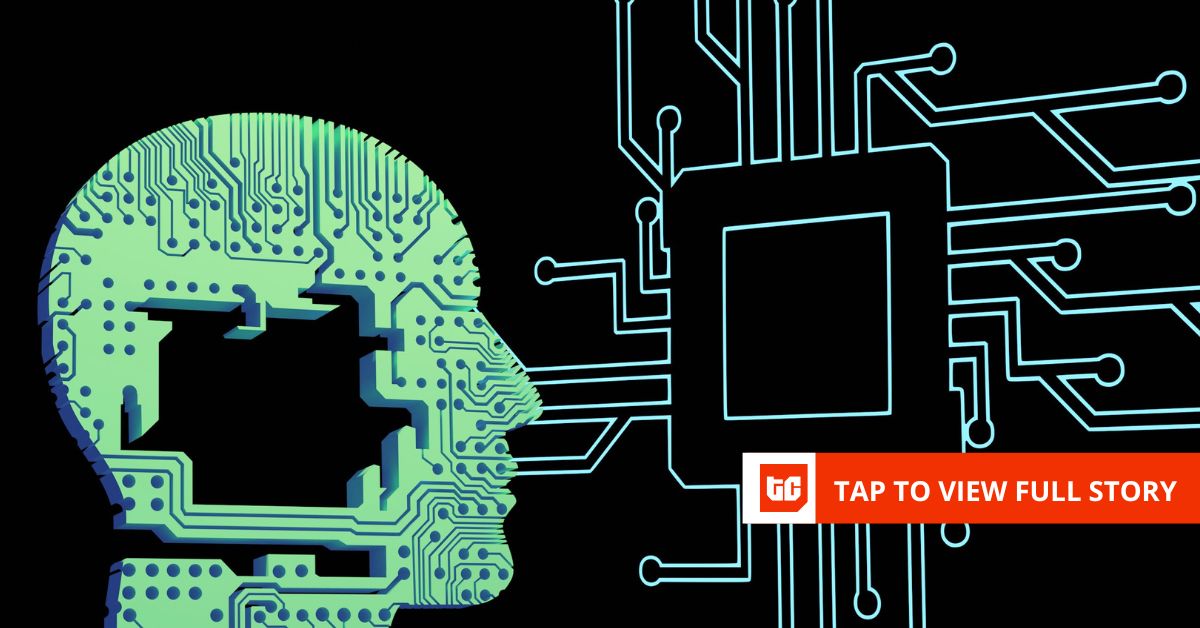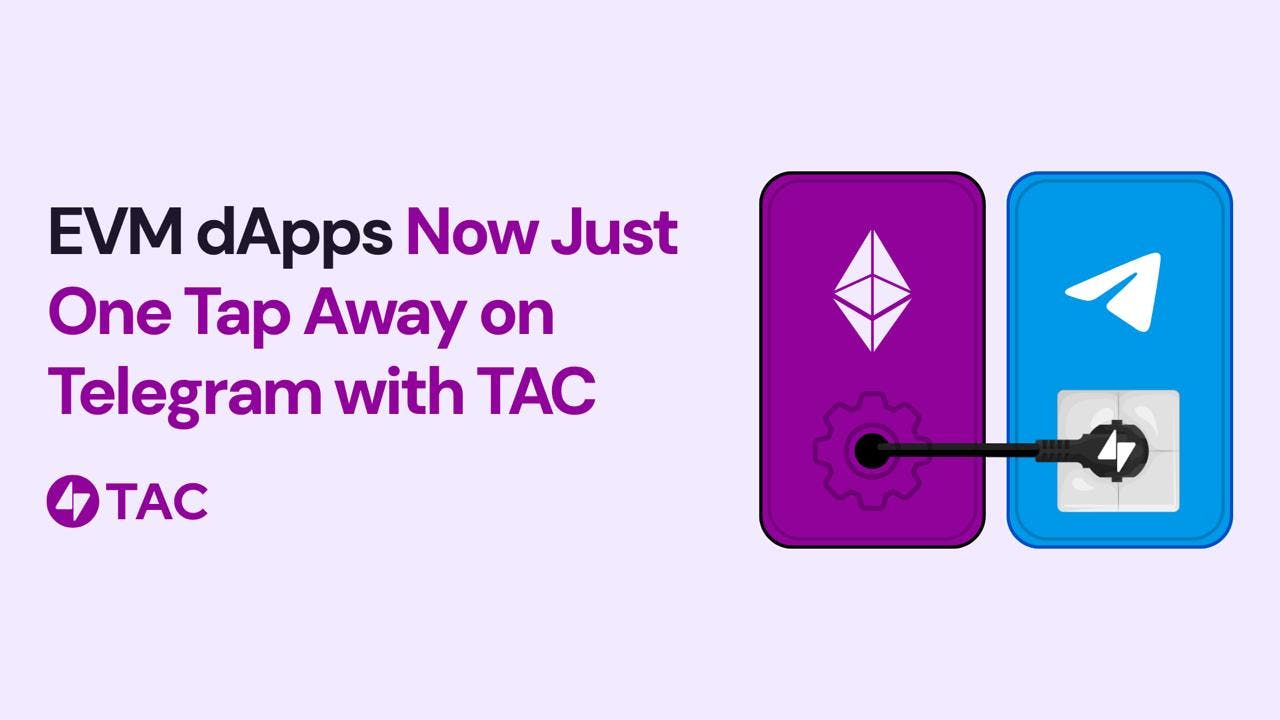A decentralized internet should be so open that even a monkey whose images are the most valued as NFTs can participate.
- Over 90% of NFTs are now considered dead: they’ve never been traded after minting.
- The NFT market is largely controlled by centralized platforms like OpenSea and Blur, which can arbitrarily list or delist collections. These platforms also favor creators with existing social influence, which makes it harder for lesser-known artists to gain visibility. As a result, many NFTs remain unsold for extended periods.
- Liquidity is the economic layer of decentralization. Without it, there is no freedom. Collectors can’t trade NFTs unless someone agrees to buy, usually after a long waiting period and at a loss.
- NFTs + IP + liquidity = shared automated value.
In a decentralized world, NFTs can be more than just collectibles. They can represent intellectual property, revenue rights, or royalties. So, if a monkey is the star of a collection, why not route a share of the sales to those protecting its habitat, instead of just pumping floor prices? Same with collections built on real people, communities, or culture. If you’re profiting off someone’s image or story, a decentralized internet should make it easy to give them a piece of the pie. It should be about decentralization and fairness.
Liquidity unlocked DeFi; it’s time to have DeNFTs.
Back in 2010, crypto (Bitcoin at the time) was declared dead. It was just like trade by barter in the ancient days. You could only sell if someone else wanted to buy; otherwise, you were stuck. Anything without resale value eventually loses its appeal, no matter how much you paid, and leaves you at a loss when you no longer need it. That was the reality of crypto then.
Few people cared, and unless one of them was interested in buying, you had no way to sell. If order books remained the only way to trade or swap crypto, you probably wouldn’t have heard of crypto today. True to various predictions, it would have been dead.
In 2017, Bancor launched a decentralized exchange for trading crypto, powered by a technology called Automated Market Maker (AMM). AMMs are smart contracts that let users trade tokens directly from liquidity pools, instead of matching buyers and sellers. But Bancor’s vision still relied on a middleman. It used its own token, BNT, to mediate every trade and introduced a complex formula that made it difficult for devs to work with.
Uniswap built on this idea by reintroducing AMMs but with a simpler approach. It used a basic formula (x * y = k), where prices adjust automatically based on the amount of each token in the pool. This removed the need for a middleman, made it easier for devs to build on, made a cheaper environment for users to trade, and laid the foundation for the DeFi boom that followed. Till today, you can swap your crypto at any time of the day without waiting for approval from another party.
NFTs need a safer environment for trading. One where you are not scared of trading it either in a bear or bull market at a loss. By vocab, they should be called DeNFTs.
DeNFTS = When you stop waiting for a buyer before you sell an NFT.
As of July 2025, 98.9% of all NFTs minted since January 1, 2025, have never been sold. See the stats:
Total NFTs minted: 454,766,569
NFTs traded at least once: 5,020,966
NFTs never traded (dead): 449,745,603
% of traded NFTs: 1.1%
% of dead NFTs: 98.9%
As a creator with low influence, you have a high chance of seeing your collections stacked among the 98.9% of NFTs that never sell. If you mint 100 NFTs a day, maybe one gets a buyer, add the cost of minting, and you’re likely running at a loss. This discourages creativity and keeps attention fixed on a few popular names, while new voices are pushed aside.
Meanwhile, big brands can leverage popularity privilege to sell new items off hype in just a few hours. This gives them a significant advantage over others, undermining the community ethos of a truly decentralized world and making new creators unable to get their pieces noticed.
Coupled with the win-win situation for big brands, let’s not forget that NFTs are non-fungible — even if they look identical, they have unique metadata. You can’t swap one for another like you would with regular tokens. Even if you’re dead broke, you can’t trade your monkey JPEG for a cheaper one. DeNFTs will make NFT collections tradable at any time with minimized risks.
Moving from peer-to-peer to peer-to-contract.
Just like liquidity pools enabled peer-to-contract trading in DEXs, we should have a similar model for NFTs. A decentralized NFT marketplace should provide the following options:
- Refund policy
Picture it like Amazon, where buyers can return an item within a set period. In this case, the seller sets the return window, for example, 90 days. As a collector, you pay both the NFT price and a protection fee. If you cannot resell the NFT within that window, you return it and get your money back. The seller keeps the protection fee.
The purchase amount is held in a smart contract from the start, while the built-in liquidity layer ensures there are always funds available to honor refunds, using pooled capital or bonding curves (supply-based pricing). This gives buyers confidence to participate, while creators still retain some earnings even if the NFT is returned.
- Relisting
As a collector, you can choose to relist the NFT for sale during the 90-day refund period set by your seller. If your buyer cancels, your existing protection cover allows you to return the NFT without issues. You also receive the protection fee upfront when you accept the buyer’s offer.
As both a buyer and seller at the same time, you are eligible to earn a protection fee on the item regardless of what transpires after your refund window. The protection period you offer your buyer must be shorter than the one you received. This will allow the same NFT to be relisted multiple times. Each new buyer can set their own terms, as long as they stay within your original coverage window.
- Staking
Similar to staking in the crypto world, a decentralized NFT marketplace should allow sellers to stake the buyer’s funds in a trusted third-party protocol during the protection period. This will allow the seller to earn interest on the buyer’s funds, while still providing protection for the buyer. Either way, if the buyer cancels, the seller still gets their returns + protection fee.
- Lending
A decentralized NFT protocol should let you use your NFT as collateral while your refund protection is still active. The amount you paid stays locked in a smart contract, and your loan duration must be shorter than the protection window. You pay interest daily, weekly, or monthly. If you default after the refund period ends, the NFT goes back to the seller, and the locked funds are released to them.
-
As a borrower, you have access to liquidity by using your NFT as collateral without having to fully own it.
-
As a lender, you earn interest on issued loans with full security, knowing the NFT remains locked in the smart contract until ownership is transferred. Plus, you also gain access to a larger lending market.
- Derivative subcollections
With the explosion of AI, imagine how much AI-generated collections could boost NFT trading volume. That’s what derivative subcollections will initiate.
With derivative subcollections, creators can replicate their original work in new forms, and sometimes, these spin-offs may even become more valuable than the original. Take the Bored Apes NFT collection for example. One of the lowest-priced items still sells for almost $3000.
As a creator, you might want to reach a wider range of collectors, so you use the derivative subcollection feature to generate AI mutations of your Bored Ape NFTs and sell them at a lower price. This attracts more buyers, brings in more attention, and increases your overall profit.
-
Multilevel Ownership
Unlike marketplaces such as Opensea, where royalties are restrictive, royalties should be eternal and NFTs omnichain— no matter the ecosystem the item is moved to, royalty earnings shouldn’t stop.
Earnings should be split among the following participants:
- The creator
- The owner of the IP
- Interested buyers
How each participant earns royalties.
IP owners, like a media company with rights to a popular cartoon character or even an artist collective behind a viral monkey collection, earn a portion every time the NFT is sold. The more recognizable the IP, the higher its long-term value across collections.
Creators enjoy the freedom to set their royalty rates. They can go higher than others, keep it low, or adjust it over time. This gives them unmatched control over how they earn, without relying on centralized platforms.
Buyers could also join the royalty chain. Imagine earning 0.1% anytime a Mutant Ape NFT is sold! Once you’re in, you earn as long as the NFT keeps moving. If you decide to exit, someone else buys your spot and takes over the earnings.
By this premise, monkey clubs shouldn’t just exist within the NFT ecosystem. They should extend to real life, where actual monkey-focused events are held, and a portion of the collection earnings goes to the organizations taking care of them. This would also lead to more collections featuring other animals and push real action on environmental responsibility. It’s a way to make NFTs matter beyond crypto, tying digital ownership to something that actually counts.
Who’s building it?
At the moment, Sudoswap is building a peer-to-contract NFT marketplace model that allows users to create liquidity pools where they can instantly buy or sell NFTs with dynamic pricing through a bonding curve. A few projects like NFT. Protection had struggled to build something similar (with some of the features mentioned above) but hasn’t been successful for one reason or the other. Would be excited to see projects take the bull by the horns 😃.
To Wrap Up
- Omnichain technology will play a large role in making all of this possible :
-
A single NFT can be displayed, discovered, and purchased across multiple ecosystems without re-minting.
-
Creators can mint on cheaper chains to save gas while still gaining visibility and rewards across networks.
-
On-chain identity, badges, and trust scores follow users across chains, eliminating reliance on platforms like Google for verification.
-
Fractional ownership will introduce more participants to the NFT ecosystem, bring more liquidity, and solve real-life problems.
-
Monkeys?🐒 Well, in a decentralized internet, even a monkey can get rich. It’s not just about monkeys either. Anyone with IP, ownership, or creative work stands to benefit as the shift will put power and liquidity directly into the hands of everyone.

